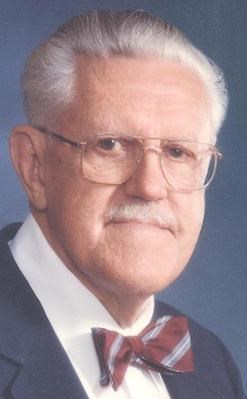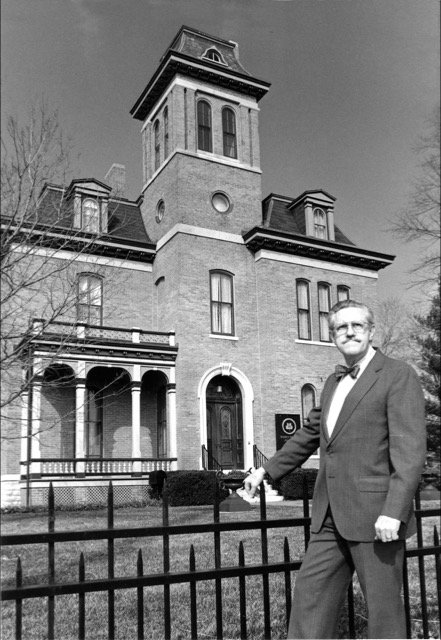H. Roll McLaughlin
 H. Roll McLaughlin
H. Roll McLaughlin
(Nov. 29, 1922-Apr. 20, 2017)
H. Roll McLaughlin (Nov. 29, 1922-Apr. 20, 2017) served as a leader in the city, state and national historic preservation movement. He grew up in Indianapolis, graduated from Shortridge High School and attended John Herron School of Art, before serving in the United States Navy during World War II. In the battalion, known as the Seabees, McLaughlin participated in the Normandy invasion by aiding in the construction and operation of the temporary Mulberry Harbor at Omaha Beach.

Upon his return to Indiana in 1945, McLaughlin apprenticed with architects Fred Mertz and Hugh Bremmerman. In 1953, he joined Edward James, Architect. McLaughlin went on to serve as president of the firm that became James Associates.
His initial interest in preservation came from working with Edward James. In an oral history conducted by Indiana Landmarks, McLaughlin noted that Edward James was the preservationist that heavily influenced him through his work in New Harmony, IN. He also made the introduction to Eli Lilly, who was also an avid historian and preservationist.
McLaughlin soon developed a national reputation as a historic preservation architect, working on such important Indianapolis buildings as the City Market, Benjamin Harrison Home, Morris-Butler House, and the Josiah Lilly House known as Oldfields. Even more importantly, he helped save the Waiting Station from certain demolition. He served on the board of the Historic American Building Survey, led a national historic preservation committee of the American Institute of Architects, and assisted the National Trust for Historic Preservation as a board trustee and advisor and helped establish Historic Landmarks Foundation of Indiana (now Indiana Landmarks) in the late 1950s.
When Roll passed away in 2017, he left a valuable collection documenting the historic preservation movement in Indiana. His son Mac donated his father’s image and book library to Indiana Landmarks. Click here to visit the image library.
Learn more about Roll here.
Burial: Section 25, Staub Family Mausoleum


